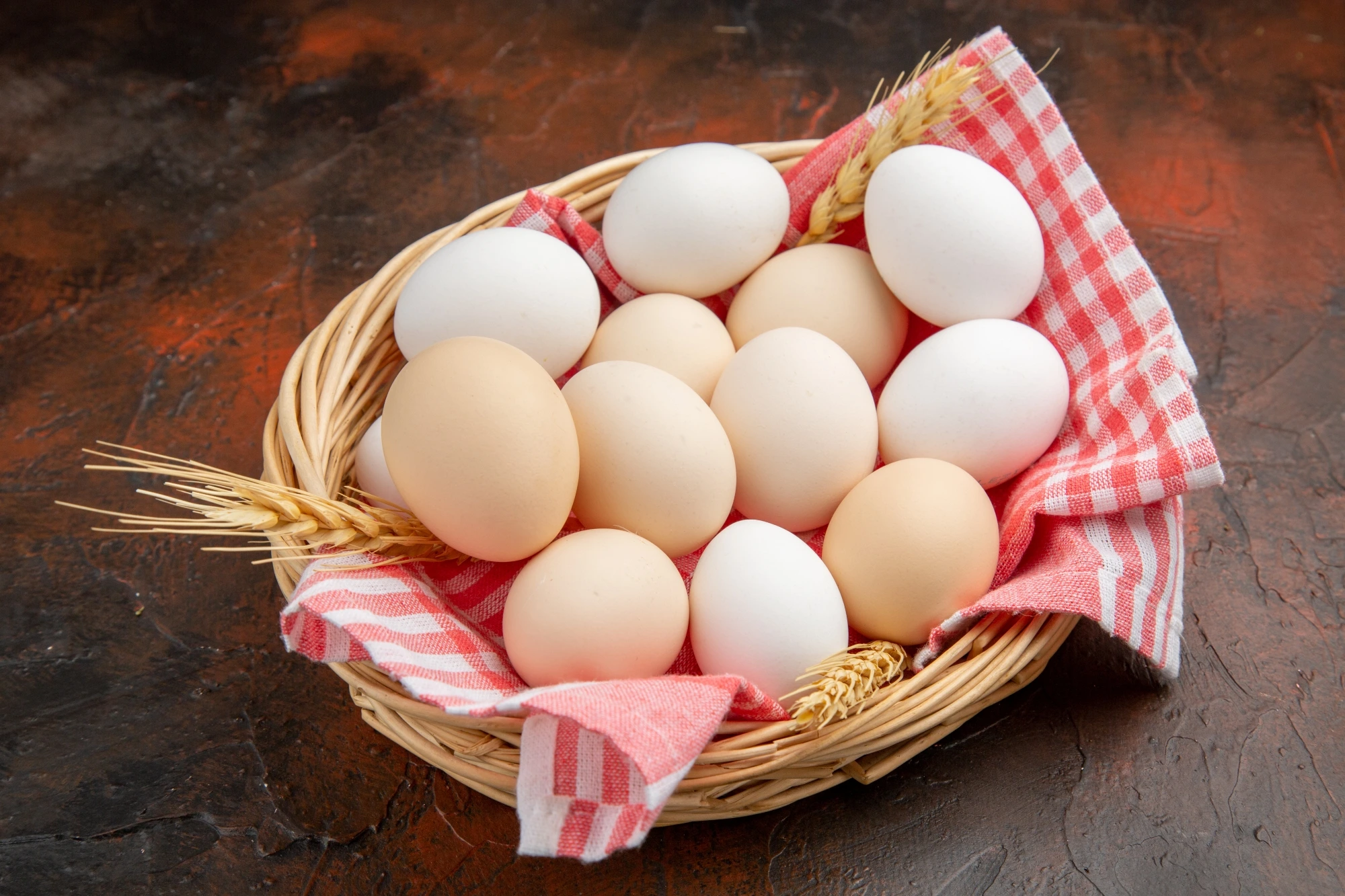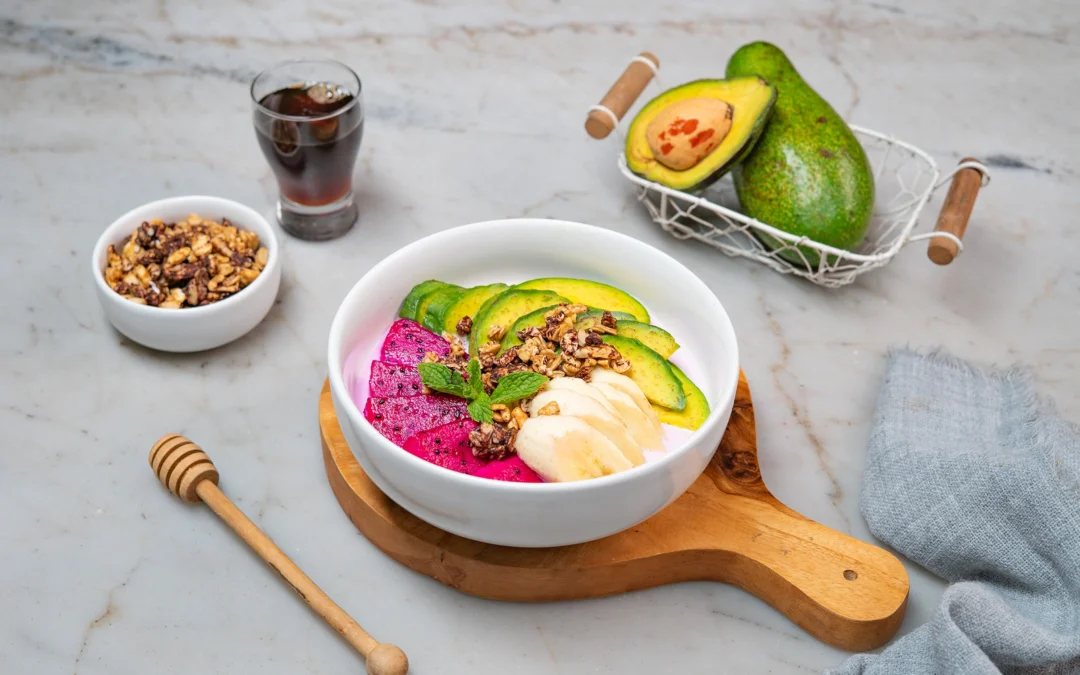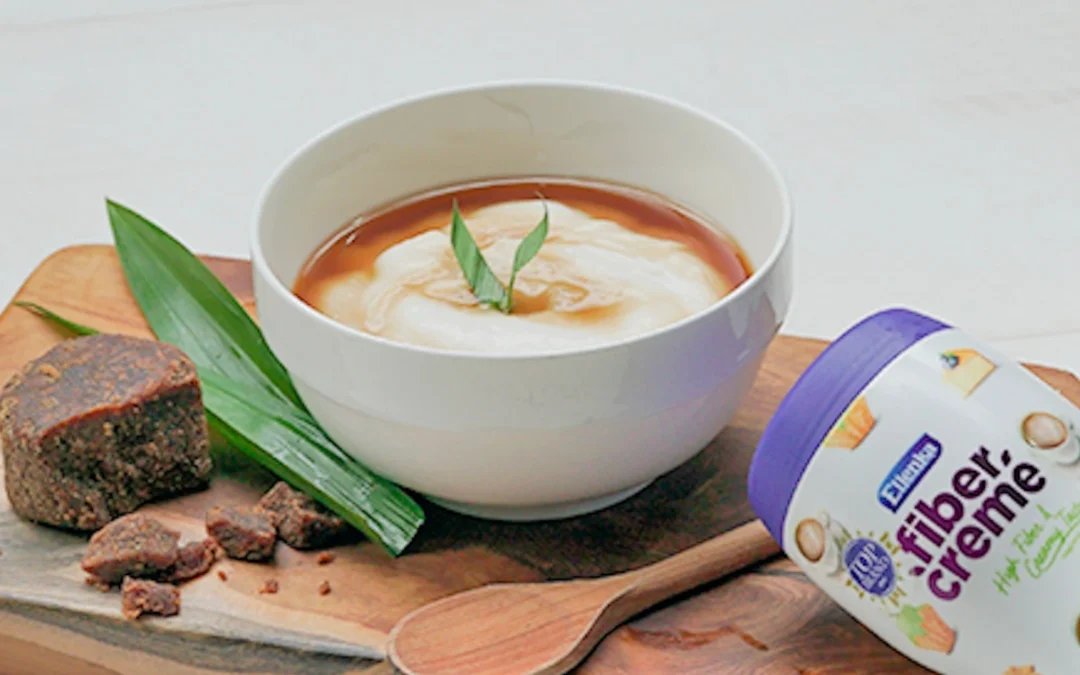 Boiled eggs are a practical and nutritious food, rich in protein and suitable for various occasions—including Easter. While it may seem simple, many people still struggle to get the right texture and ease of peeling. Beyond being a healthy everyday dish, eggs are also an important symbol in Easter celebrations, representing new life and hope. That’s why knowing how to boil eggs properly not only makes your meals more enjoyable, but also adds meaning to special moments like Easter. Here’s how to boil eggs the right way:
Boiled eggs are a practical and nutritious food, rich in protein and suitable for various occasions—including Easter. While it may seem simple, many people still struggle to get the right texture and ease of peeling. Beyond being a healthy everyday dish, eggs are also an important symbol in Easter celebrations, representing new life and hope. That’s why knowing how to boil eggs properly not only makes your meals more enjoyable, but also adds meaning to special moments like Easter. Here’s how to boil eggs the right way:
1. Choose Fresh Eggs
 The first step in boiling eggs properly is to choose fresh eggs. Fresh eggs have stronger shells and are generally easier to peel after boiling. Older eggs tend to be harder to peel because the inner membrane becomes tougher over time.
The first step in boiling eggs properly is to choose fresh eggs. Fresh eggs have stronger shells and are generally easier to peel after boiling. Older eggs tend to be harder to peel because the inner membrane becomes tougher over time.
2. Adjust the Water Temperature
For best results, use enough water to fully submerge the eggs. Place the eggs in a pot and cover them with cold water. Avoid placing eggs directly into hot water, as the sudden temperature change can cause them to crack. Starting with cold water allows the temperature to rise gradually, helping the eggs cook more evenly.
3. Boil Over Medium Heat
Turn on the stove to medium heat. Once the water begins to boil, reduce the heat to a gentle simmer. Avoid boiling over high heat, as the intense bubbling can cause the eggs to bump against each other and crack. If the water boils too rapidly, lower the heat slightly to keep it steady.
4. Set the Right Boiling Time
The boiling time depends on how you like your eggs. Here’s a general guide:
- Soft-Boiled Eggs: Boil for 4–6 minutes to get fully set egg whites and soft, runny yolks.
- Hard-Boiled Eggs: Boil for 9–12 minutes to fully cook both whites and yolks.
Keep in mind that boiling time may vary depending on the size of the eggs and your pot. Try a few times to find the perfect timing that works for you.
5. Cool the Eggs Immediately with Cold Water
 Once the eggs are done boiling, drain the hot water and transfer the eggs into a bowl of cold water or an ice bath. This stops the cooking process, makes them easier to peel, and helps maintain a perfect texture. Let the eggs sit in the cold water for about 5–10 minutes before peeling.
Once the eggs are done boiling, drain the hot water and transfer the eggs into a bowl of cold water or an ice bath. This stops the cooking process, makes them easier to peel, and helps maintain a perfect texture. Let the eggs sit in the cold water for about 5–10 minutes before peeling.
6. Peel the Eggs Gently
Peeling eggs properly is important for a clean finish. After the eggs have cooled, gently tap them on a hard surface to crack the shell. Start peeling from the wider end, where there’s usually an air pocket that makes peeling easier.
7. Enjoy Your Perfect Boiled Eggs
 Now your boiled eggs are ready to enjoy! Eat them on their own, toss them into a salad, or serve them as a side dish for lunch. Boiled eggs are a healthy, protein-packed option—especially when you follow the right boiling method.
Now your boiled eggs are ready to enjoy! Eat them on their own, toss them into a salad, or serve them as a side dish for lunch. Boiled eggs are a healthy, protein-packed option—especially when you follow the right boiling method.
Read More : Signs of Spoiled Eggs and Tips for Choosing Good Eggs
Make Your Easter Dishes Healthier and Creamier with FiberCreme!
Once you know the right way to boil eggs, you won’t just end up with perfectly cooked eggs. They’ll also look better visually, because the shells will be easier to peel. No more embarrassment when serving eggs for the family this coming Easter!
Now, to make your Easter meal more complete, delicious, and healthy, don’t hesitate to add FiberCreme for that creamy touch in your dishes! FiberCreme can be used as a substitute for coconut milk or dairy, giving you a high-fiber, low-sugar, and 0mg cholesterol option—perfect for a healthy family lifestyle. Come on, explore tasty egg recipes you can serve for your family this Easter on @FiberCreme_TV and Ellenka’s channel on YouTube!






0 Comments